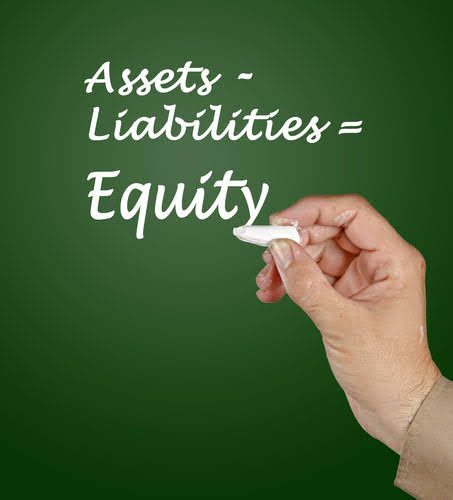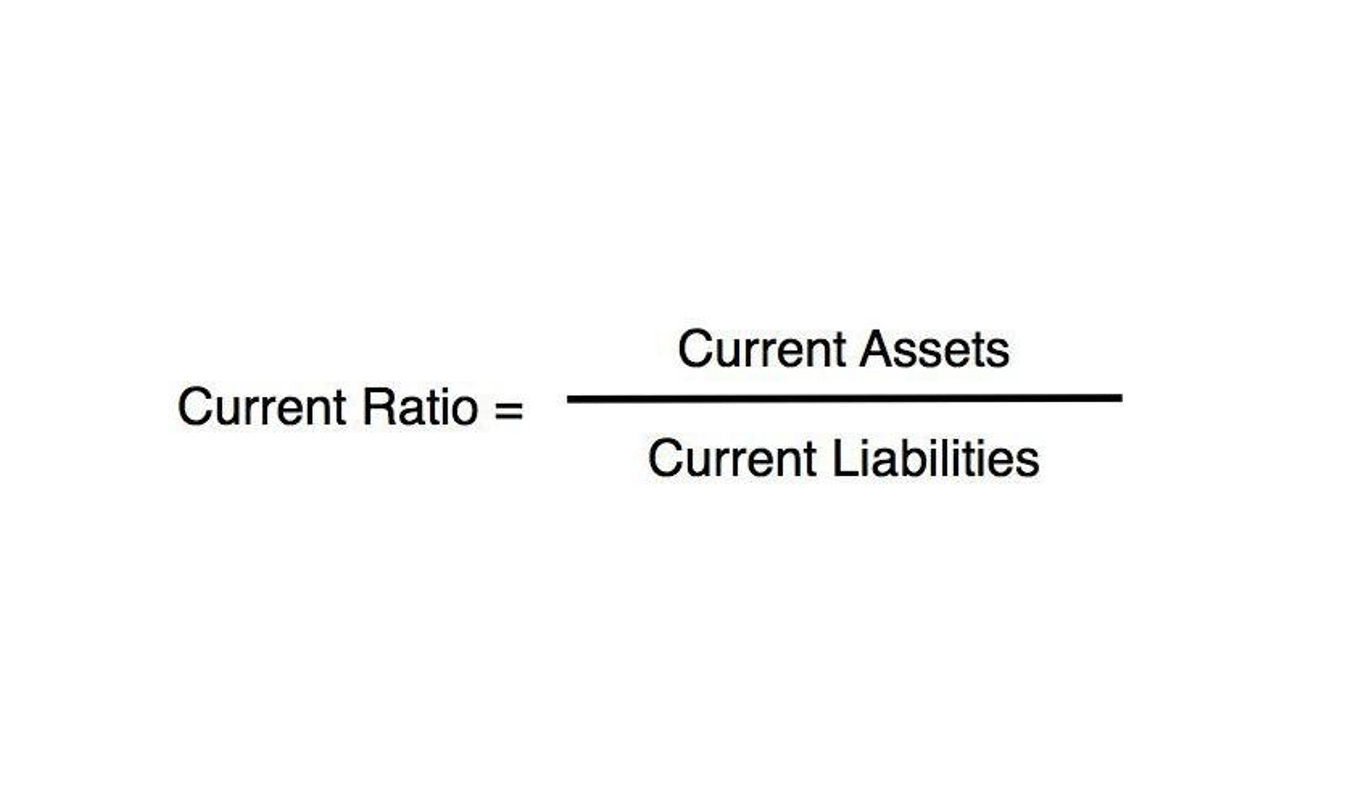Retained earnings refer to the historical profits earned by a company, minus any dividends it paid in the past. To get a better understanding of what retained earnings can tell you, the following options broadly cover all possible uses that a company can make of its surplus money. For instance, the first option leads to the earnings money going out of the books and accounts of the business forever because dividend payments are irreversible. Retained earnings are affected by an increase or decrease in the net income and amount of dividends paid to the stockholders. Thus, any item that leads to an increase or decrease in the net income would impact the retained earnings balance.
What does the statement of retained earnings include?
It’s easy to mistake retained earnings for an asset because companies use them to buy inventory, equipment, and other assets. But a retained earnings account is reported on the balance sheet under the shareholders’ equity, so they’re treated as equity. A statement of retained earnings shows the changes in a business’ equity accounts over time. Equity is a measure of your business’s worth, after adding up assets and taking away liabilities. Knowing how that value has changed helps shareholders understand the value of their investment. The normal balance in a profitable corporation’s Retained Earnings account is a credit balance.
Different Financial Statements
Revenue and retained earnings are correlated since a portion of revenue ultimately becomes net income and later retained earnings. These expenses often go hand-in-hand with the manufacture and distribution of products. For example, a company may pay facilities costs for its corporate headquarters; by selling products, the company hopes to pay its facilities costs and have money left over. Gross sales are calculated by adding all sales receipts before discounts, returns, and allowances. For smaller companies, this may be as easy as calculating the number of products sold by the sales price.
Are Retained Earnings the Same as Profit?
Non-cash items such as write-downs or impairments and stock-based compensation also affect the account. If the company had not retained this money and instead taken an interest-bearing loan, the value generated would have been less due to the outgoing interest payment. Retained earnings offer internally generated capital to finance projects, allowing for efficient value creation by profitable companies. However, note that the above calculation is indicative of the value created with respect to the use of retained earnings only, and it does not indicate the overall value created by the company.
- For instance, if a company pays one share as a dividend for each share held by the investors, the price per share will reduce to half because the number of shares will essentially double.
- Since net income is added to retained earnings each period, retained earnings directly affect shareholders’ equity.
- When a company pays dividends to its shareholders, it reduces its retained earnings by the amount of dividends paid.
- The amount of additional paid-in capital is determined solely by the number of shares a company sells.
Any changes or movements with net income will directly impact the RE balance. Factors such as an increase or decrease in net income and incurrence of net loss will pave the way to either business profitability or deficit. The Retained Earnings account can be negative due to large, cumulative net losses. Say, if the company had a total of 100,000 outstanding shares prior to the stock dividend, it now has 110,000 (100,000 + 0.10×100,000) outstanding shares. So, if you as an investor had a 0.2% (200/100,000) stake in the company prior to the stock dividend, you still own a 0.2% stake (220/110,000).
When a company pays dividends to its shareholders, it reduces its retained earnings by the amount of dividends paid. Retained earnings are left over profits after accounting for dividends and payouts to investors. If dividends are granted, they are generally given out after the company pays all of its other obligations, so retained earnings are what is left after expenses and distributions are paid. Retained earnings differ from revenue because they are reported on different financial statements. Retained earnings resides on the balance sheet in the form of residual value of the company, while revenue resides on the income statement.
- At the end of the period, you can calculate your final Retained Earnings balance for the balance sheet by taking the beginning period, adding any net income or net loss, and subtracting any dividends.
- Retained earnings, at their core, are the portion of a company’s net income that remains after all dividends and distributions to shareholders are paid out.
- Additionally, investors may prefer to see larger dividends rather than significant annual increases to retained earnings.
- Negative retained earnings are a sign of poor financial health as it means that a company has experienced losses in the previous year, specifically, a net income loss.
- Up-to-date financial reporting helps you keep an eye on your business’s financial health so you can identify cash flow issues before they become a problem.
- These contractual or voluntary restrictions or limitations on retained earnings are retained earnings appropriations.
How Retained Earnings are calculated
Shareholder’s equity section includes common stock, additional paid-in capital, and retained earnings. The company records that liabilities increased is retained earnings debit or credit by $10,000 and assets increased by $10,000 on the balance sheet. There is no change in the company’s equity, and the formula stays in balance.










Scrivi un commento